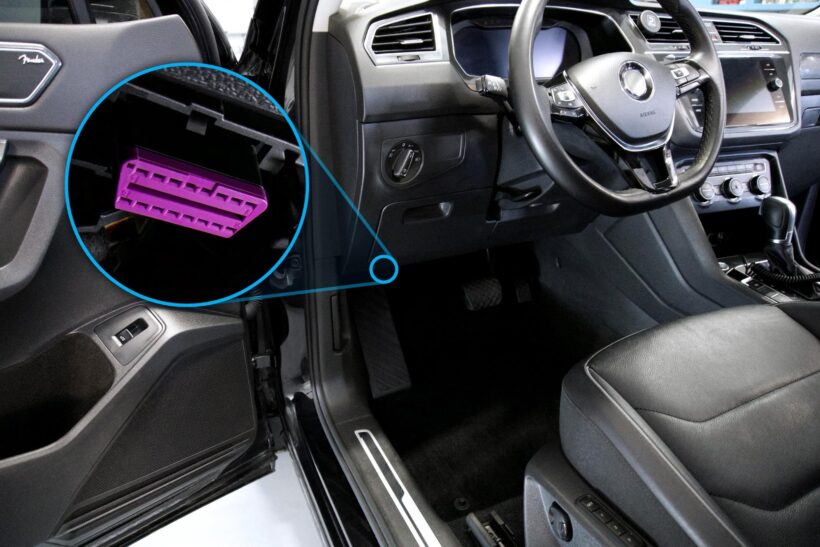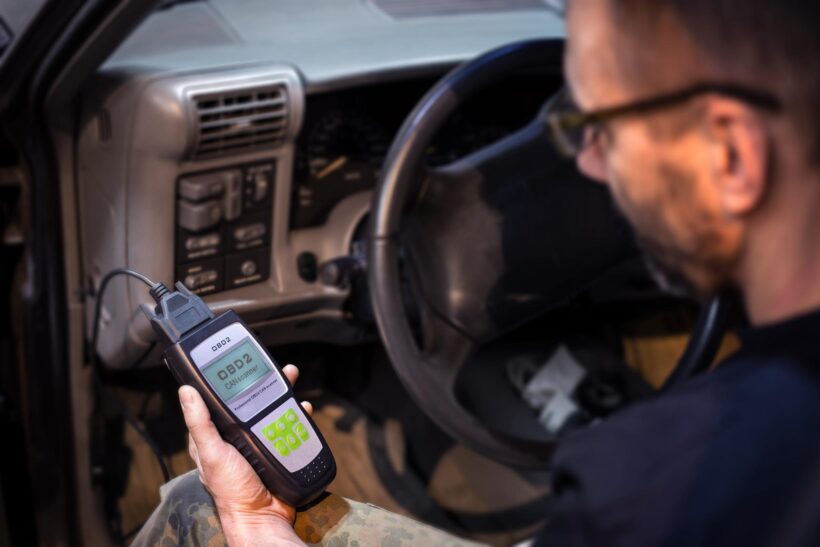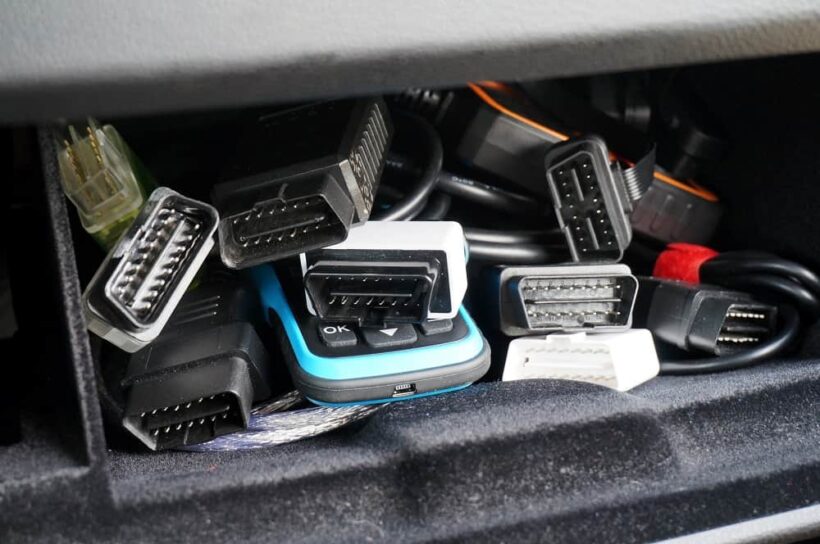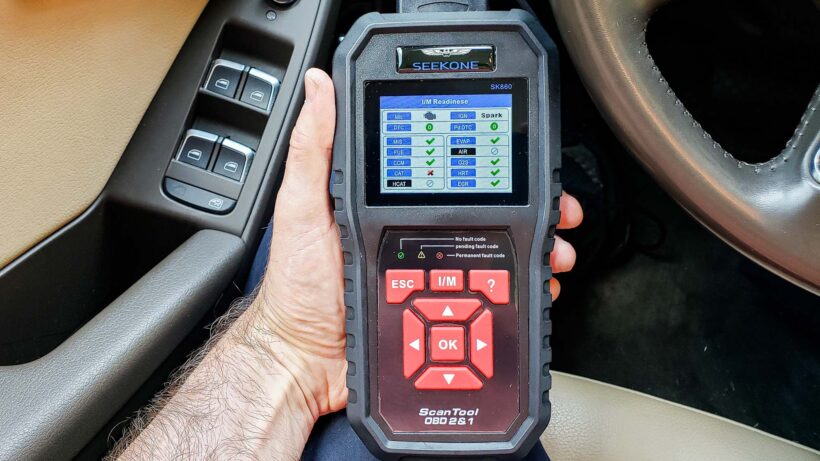OBD and OBD2 are both systems that automobiles use to communicate with diagnostic devices. OBD is an acronym for On Board Diagnostics, while OBD2 is an improvement over the original system. This article will look at some key differences between the two systems.
What is OBD, and what are its benefits?

On Board, Diagnostics is a system that was first introduced in the early 1990s. The idea behind OBD was to have a standard system that all cars could use to communicate with diagnostic devices. It would make it easier for mechanics to diagnose car problems, and it would also make it easier for car owners to keep track of their car’s maintenance needs.
OBD was successful in achieving its goals, and it quickly became the standard system for diagnostics in cars. One of the benefits is that it allows mechanics to identify problems with a car quickly. It also allows car owners to monitor their car’s performance and maintenance needs quickly.
What is OBD2, and how does it improve upon the original OBD system?

The On-Board Diagnostics version 2 (OBD2) is a vehicle diagnostic system that wasmandated by the U.S. government for all 1996 and newer vehicles. All OBD2 compliantvehicles are required to have a standard 16-pin connector, which provides access to thevehicle’s diagnostic data.
Many carmakers offer OBD2 as an option on their vehicles,but there are some that include it as standard equipment. Some of the models that are manufactured with OBD2 include the:
- Honda Civic, Accord, and Odyssey;
- Toyota Camry,Corolla, and Tacoma;
- Ford Mustang, Explorer, and F-150;
- Chevrolet Corvette, Impala,and Silverado.
While OBD2 is not required on all vehicles, it is a useful tool fordiagnosing engine problems and can be helpful in maintaining your vehicle’s performance.
OBD2 is an improvement over the original OBD system and it builds upon the success of the original OBD system. One of the critical improvements that OBD2 offers is that it uses a standardized data connector. It makes it easier for mechanics to connect diagnostic devices to cars, and it also makes it easier for car owners to connect their own devices if they so choose. OBD2 also offers several other improvements, such as:
- More sophisticated diagnostic capabilities.
- The ability to monitor multiple vehicle systems at once.
- The ability to store more data.
- The ability to communicate with other devices, such as smartphones.
These improvements make OBD2 a more effective system than OBD, and it is quickly becoming the standard system for diagnostics in cars.
What are the key distinctions between OBD and OBD2?

The critical distinctions between OBD and OBD2 are:
- OBD uses a standardized data connector, while OBD2 uses a more advanced data connector.
- OBD offers more sophisticated diagnostic capabilities than OBD2.
- OBD2 can monitor multiple vehicle systems at once, while OBD can only monitor one system at a time.
- OBD2 can store more data than OBD.
- OBD2 can communicate with other devices, such as smartphones, while OBD cannot.
These distinctions make OBD2 a more effective system than OBD, and it is quickly becoming the standard system for diagnostics in cars.
How can you determine which version of OBD your car has installed in it, and how can you upgrade if necessary?
There are a few ways that you can determine which version of OBD your car has installed in it. One way is to look at the data connector. If your car has the original OBD system, then it will have a round data connector. If your car has OBD2, then it will have a rectangular data connector.
Another way to determine which version of OBD your car has is to look at the diagnostic capabilities. If your car can only diagnose one system at a time, then it has the original OBD system. If your car can diagnose multiple systems at once, then it has OBD2.
If you want to upgrade from the original OBD system to OBD2, then you will need to install an OBD2 data connector and an OBD2-compatible diagnostic tool.
Can you use a generic scan tool to work with both versions of OBD, or do you need a specific tool for each one?
Yes, you can use a generic scan tool to work with both versions of OBD. However, you may need a specific tool for each one if you want to take advantage of the full range of features that each system offers. For example, if you want to use the more sophisticated diagnostic capabilities of OBD2, then you will need an OBD2-compatible diagnostic tool. And if you want to communicate with other devices, such as smartphones, then you will need an OBD2 data connector.
Are there any other differences between the two versions of OBD that motorists should be aware of?
Yes, there are a few other differences between the two versions of OBD that motorists should be aware of before making a purchase decision about upgrading their system. One difference is that OBD2 is more expensive than OBD. It is because OBD2 offers more features and benefits than OBD. Another difference is that OBD2 is more complex than OBD. It means that it can be more challenging to use, and it may require specialized training to use all of its features effectively.
Which model of cars are manufactured with OBD2?
Most 1996 and newer vehicles are equipped with an OBD2 port, which is typically located underneath the dash on the driver’s side. Many different model cars from a variety of manufacturers are equipped with this standard feature, including Audi, BMW, Cadillac, Chevrolet, Chrysler, Dodge, Ford, GMC, Honda, Jaguar, Land Rover, Lexus, Mazda, Mercedes-Benz, Mitsubishi, Nissan, Porsche, Saab, Subaru, Toyota, Volkswagen, and Volvo.
In addition to these major brands, many smaller manufacturers also equip their vehicles with OBD2 ports. As a result, it is likely that nearly any car built in the last two decades includes this feature.
Conclusion

OBD2 is the latest and most advanced diagnostic system for cars. It offers more features and benefits than the older OBD system, and it is quickly becoming the standard system for diagnostics in cars. If you’re considering upgrading your car’s diagnostic system, then OBD2 is the way to go. If you’re a Honda owner visit this site for more info on the best OBD2 scanners for your car .

